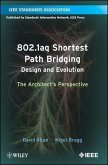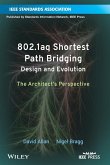
Broschiertes Buch
The Architect's Perspective
1. Auflage
13. März 2012
Wiley & Sons
| eBook, PDF | 61,99 € |
eBook, PDF
30. Januar 2012
John Wiley & Sons
Ähnliche Artikel

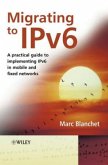
Gebundenes Buch
A Practical Guide to Implementing Ipv6 in Mobile and Fixed Networks
1. Auflage
23. Januar 2006
Wiley & Sons
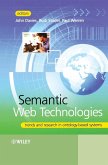
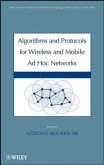
Gebundenes Buch
1. Auflage
1. Oktober 2008
Wiley & Sons
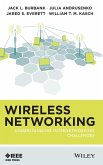
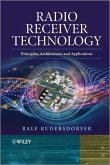
Gebundenes Buch
Principles, Architectures and Applications
1. Auflage
10. Februar 2014
Wiley & Sons


Gebundenes Buch
Multimedia Communications for Mobile, Nomadic and Fixed Devices
1. Auflage
6. September 2011
Wiley & Sons
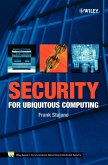

Ähnlichkeitssuche: Fact®Finder von OMIKRON

